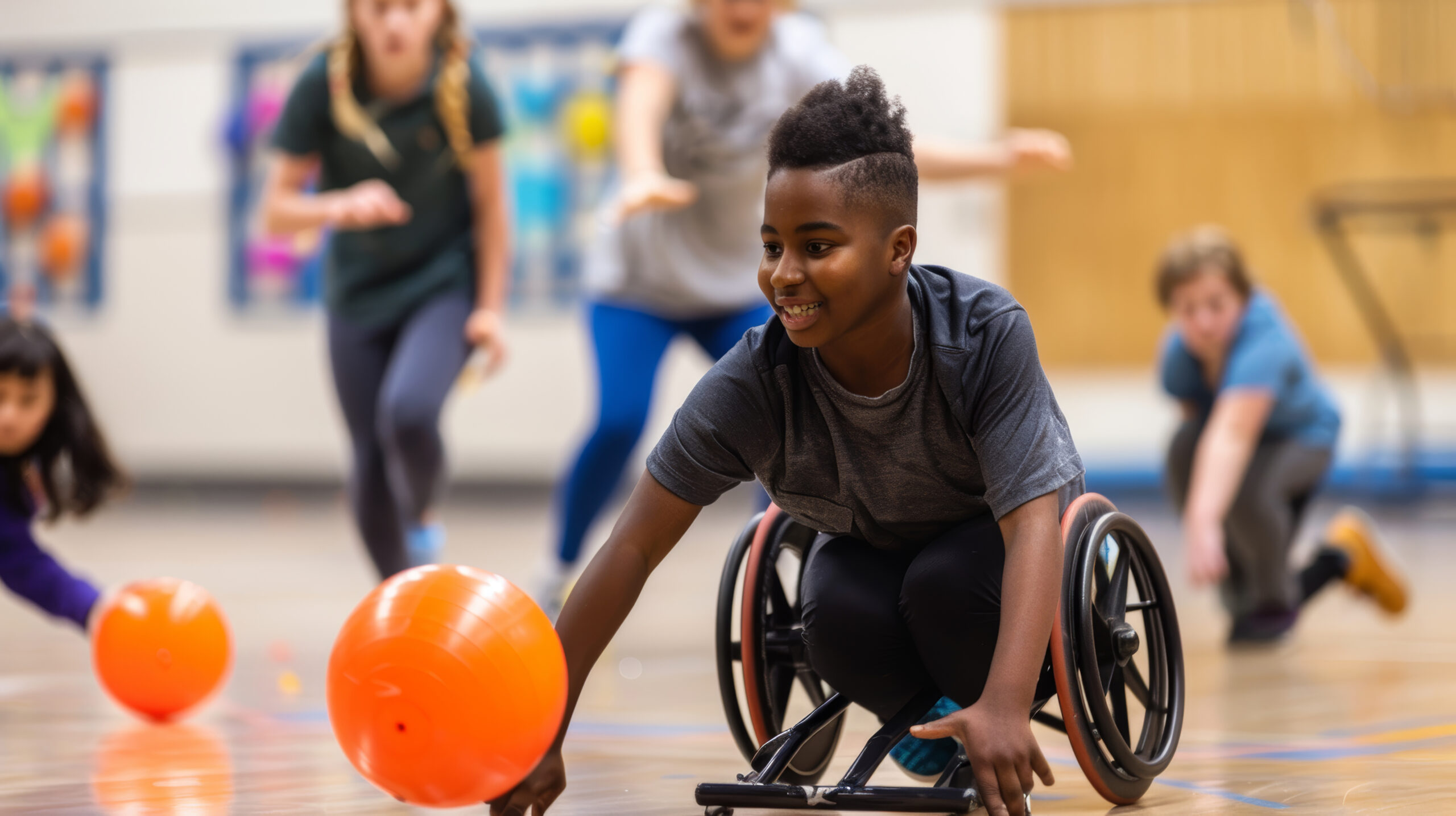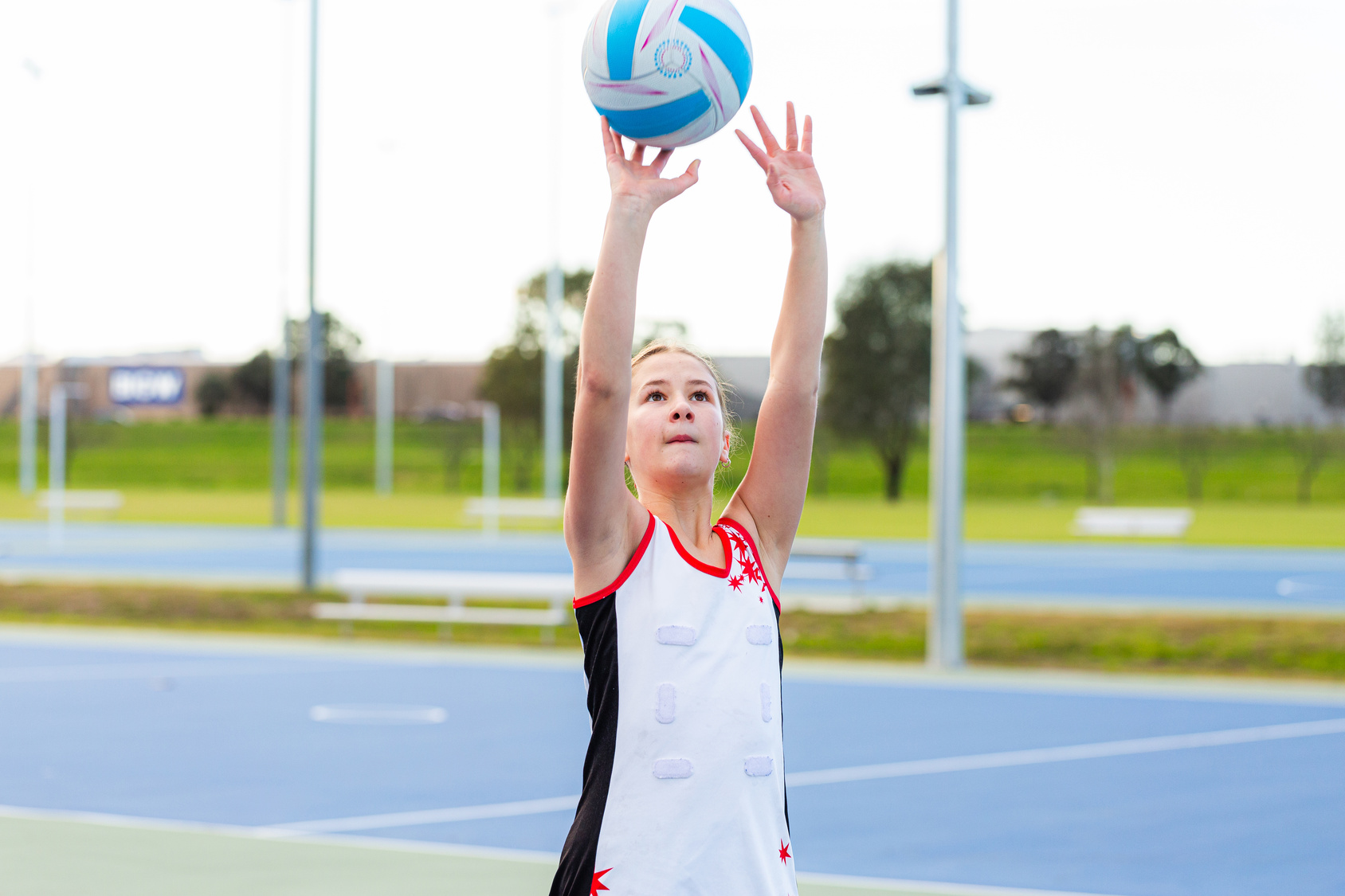SEN PE Lesson Plans: How to Adapt PE Planning’s Products and Resources
In order to develop our lesson plans and keep our PE resources current, up to date and worthwhile, we work closely with a range of teaching professionals. We embrace their advice and guidance with the end user, the children, in the forefront of our minds. Our long term ambition is to provide all teachers with […]

In order to develop our lesson plans and keep our PE resources current, up to date and worthwhile, we work closely with a range of teaching professionals. We embrace their advice and guidance with the end user, the children, in the forefront of our minds.
Our long term ambition is to provide all teachers with the support they require to deliver high quality PE, regardless of the needs of the children in their care.
One teacher that we are privileged to work with is Tom Hodgson. Tom is a specialist teacher who works with children with complex combinations of special educational needs. Many of the children he works with have severe, profound and multiple learning difficulties and autism spectrum conditions.
With thoughtful adaptation, Tom uses our resources to create SEN PE lesson plans, supporting the PE Curriculum at his school. In this blog post, Tom shares his experiences of how he uses our PE resources to provide high quality PE lessons to the children in his care. We are hoping to eventually publish SEN lesson plans on our website. In the meantime, we hope that Tom’s expertise will help other teachers working with children with special educational needs…
SEN PE lesson plans: The challenge
Within any successful SEN provision, a physical development curriculum must be multifaceted and ambitious in its intent in order to meet varied needs of the learners who engage with it. A year or so ago our PE sessions consisted of activities ranging from hydro and rebound therapy to sensory motor circuits and brain breaks. It became difficult to manage resources and facilities, and there was a lack of sequenced learning across year groups and key stages.
In a deep dive into our PE curriculum we reflected that we were missing opportunities. We were not providing learners with the skills and knowledge to engage with the vibrant local SEN sporting network.
We noted that some of our main challenges were closing gaps in inhouse variation and providing classroom teaches with the necessary resources in order to confidently deliver high quality, well sequenced physical education lessons.
Using the PE Planning resources we were able to plan a programme of sports and activities. Through these, students could build on their declarative and procedural knowledge year on year.
When choosing the sports to include, we were keen to focus on those that linked in with the local community. Alongside this we built strong links with a number of local disability focused sports and athletics clubs. Now, we have regular visits to engage with their competitions and events.
Developing our students’ confidence to engage with activities outside of school is a strong consideration for us. School leavers with SEN can become isolated in their adult life and so it is crucial for us to provide learners with the skills and knowledge needed to engage with competitive sport and health and fitness activities long after their times at school.
Differentiation and personalisation in PE lessons
Differentiation and personalisation are key in our physical educational planning. Staff are encouraged to share expertise on a regular basis as there is rarely a ‘one size fits all’ approach.
Class teams usually consist of one teacher and two special needs learning support assistants. Time is allocated each day in order for class teams to discuss planning, and in particular differentiation and personalisation. We also meet weekly in year group teams with a similar focus. We use the opportunity to discuss which activities are working and how to differentiate those not working as well.
Adapting resources for SEN PE lesson plans: Stuck in the mud
The wealth of resources available on PE Planning has enabled us to differentiate appropriately whilst still maintaining clearly sequenced and structured learning objectives. In contrast to how things may work in mainstream primary schools, teachers have been encouraged to use activities that work. And, work through the lesson plans at a pace that suits the needs of their learners.
For example, in lesson one with a year 13 group we attempted the warm up game ‘stuck in the mud’. Despite not going well, it was clear the students were starting to understand the expectations, and were enjoying the process.
Rather than move on from this warm up in lesson 2, we stayed on the same activity. The students were excited to play it again and things ran much more smoothly. Having seen how things worked in lesson two, I was able to reflect and think how I might make the activity more accessible for a student with a mobility impairment.
By the end of lesson 3, with a few tweaks, all students were actively engaged, and understood the effects of a warm up on the body. Most importantly, they had developed a sense of achievement in succeeding through sports. These opportunities are too often missed when the pacing of a lesson is too fast for the learners’ abilities.
Adapting resources for SEN PE lesson plans: Football
This year I have had the opportunity to observe some outstanding teaching in PE lessons. In particular, I saw world class examples of how to differentiate in order to lessen the impact of disabilities. One particular stand-out example was a football lesson that I observed with a focus on dribbling.
In the class there were two students in wheelchairs. The first student uses a motorised wheelchair and has limited mobility in his legs. In previous lessons, his foot plates were set higher than the height of a regular football… This meant that the ball continually rolled under his chair, making dribbling impossible.
Staff had tried using an extra large football. Although this worked to a degree, the student felt isolated from the group. In this example the class team were able to liaise with wheelchair services and adapt the foot plates to include a removable extension to the footplate, with a slight curve to make controlling the ball easier. This meant that he could access the lesson whilst using a regular sized football in the same activity as his peers.
The second wheelchair user in the session uses a self-propelled wheelchair. He has a degree of mobility in his legs and works hard in order to maintain this. Consideration had been given as to how best to use dribbling to improve his gross motor control in his legs.
To address this the teacher adapted the rules to allow the student an extra few seconds in order to control the ball. When he received the ball, staff members would call out “dribble.” This was a cue for him to kick his foot plates aside and trap the ball in between his feet. From there he could lift his feet and the ball off the floor.
A five second countdown would then begin where students from the other team could not tackle him (but could block his route). He had to find a teammate, or shoot, before the timer ran down, or risk being dispossessed by his opponents.
Working with PE Planning
We are now two terms into working with PE Planning, and very pleased with how the resources are working for us. In particular, how they have supported class teachers without formal training in sports in delivering quality physical education sessions.
PE Planning has been receptive to our needs. They’ve been deeply interested in how they can tailor their product to support us and other, similar schools. Going forwards it would be great to review some of the plans and make them bespoke for SEN. Plus, develop a bank of strategies to help others in differentiating lessons, making them accessible for every learner.
Thanks to Tom for this insightful article. We are now even more motivated to create SEN PE lesson plans and resources that will support teachers working with SEN children. Watch this space!


